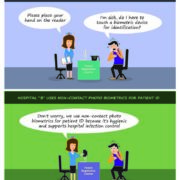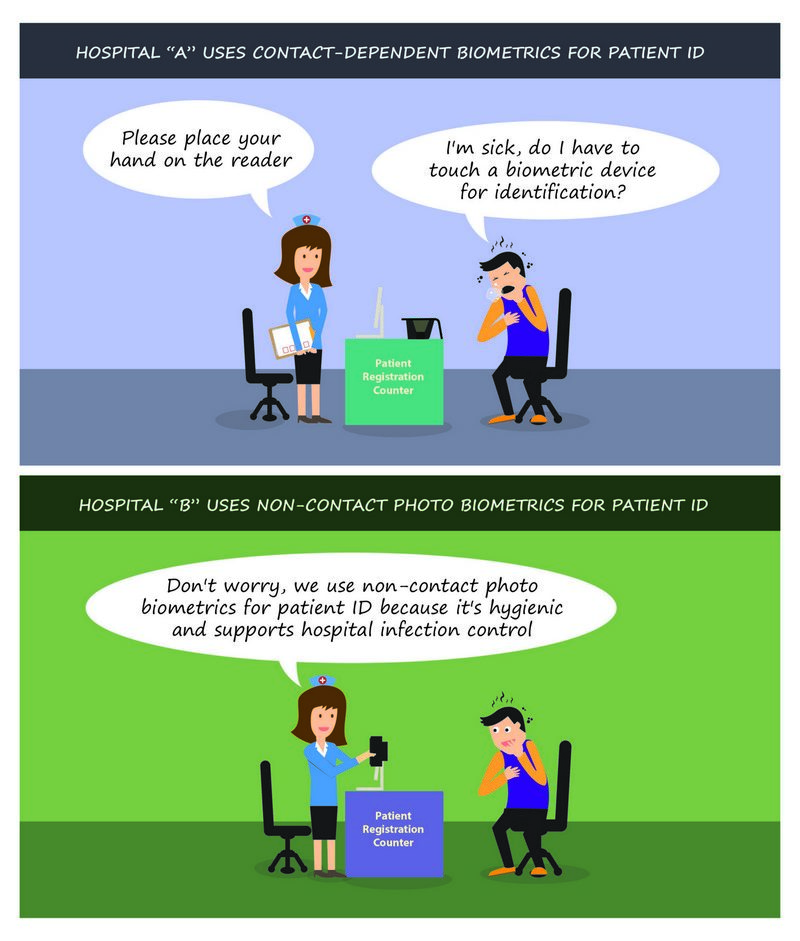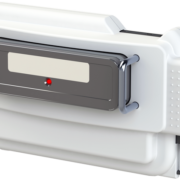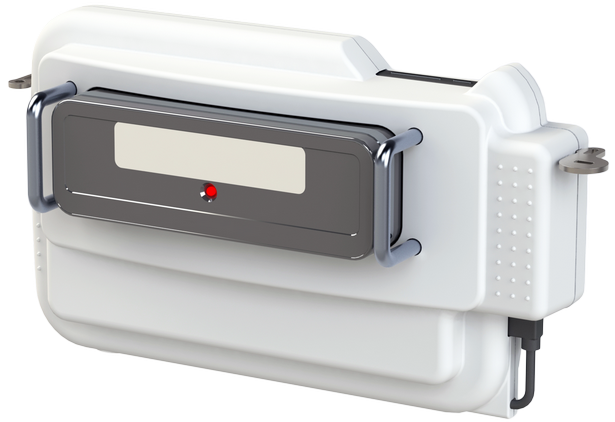Women’s Health: What Type of Care can Female Patients Expect at an Urgent Care?

The following guest post on urgent care was submitted by Nathan Bradshaw with UrgentWay.
Going to the doctors or an urgent care center can cause an uneasy feeling for many people. White coat syndrome is prevalent in many people, where their blood pressure sky rockets, and there pulse rate increases. Urgent care centers can be anxiety provoking because some women are not aware of what they can expect when going. Knowing what to expect before you go can make a big difference, and reduce nervousness, and anxiety. I am going to shed some light on what type of care female patients can expect at an urgent care, and why visiting an urgent care can lead to quick treatment options, and very little waiting time.

Urgent Care Centers are playing a more important role in women’s health.
What is an Urgent Care Center?
First off let’s talk about what an urgent care is. An urgent care center is a walk-in clinic that treats injuries and illness that require immediate attention, but not as serious as conditions that you would typically go to the emergency room for. Urgent care centers are used to treat conditions that are not life threatening but conditions that should not wait to be addressed until your primary care physicians next available appointment. Some of the reasons people may go to an urgent care center include things like accidents, and falls, sprains, and strains, mild to moderate back issues, bleeding or cuts that may require stitches without an excessive amount of bleeding, fever or flu, sore throat, urinary tract infections, or minor broken bones or fractures. (1) Urgent cares are very convenient for serving as a middle of the road treatment center between your primary physician, and the emergency room.
Female Patient’s and Urgent Care Centers:
When women go to an urgent care center, it is important to know what type of care you are going to receive in order to make the decision about going to the urgent care center in the first place. Urgent care centers are able to see patients with a wide variety of conditions. One of the reasons a women may visit an urgent care is for a urinary tract infection, and according to fast med, urinary tract infections in women are very common. “At least 1/3 of all women in the United States will have been diagnosed with a urinary tract infection by the age of 24.” (2) Urinary tract infections are painful, and should not wait to be treated until your physician is able to see you. A women may not feel comfortable going to the emergency room for a UTI, so an urgent care center is a perfect choice. When going to the urgent care for symptoms of a UTI, the physician will evaluate your UTI symptoms, and possible run a urinalysis screening. The urgent care can easily treat this condition with a course of antibiotics.
Another reason women may visit the urgent care center is for issues such as emergency contraception. The physicians at an urgent care center are well equipped to manage the need for emergency contraception, and can do so without the patient needing to visit the emergency room and be subjected to long wait times, and countless germs. Birth control, STD/STI testing are also available at your local urgent care, and can serve as a more convenient option than waiting for a doctor’s appointment. All of these conditions require immediate attention, and the urgent care center can provide care to all women needing care for UTI’s, STD testing, birth control, or emergency contraception.
Other women’s health issues that can be treated at an urgent care can include concerns that you would generally bring up to your OB/GYN. Getting in to see your OB/GYN can take weeks, and sometimes even months, and many concerns need immediate attention. Some of the reasons women may visit an urgent care center when their OB/GYN does not have an immediate appointment include reasons like noticing an abnormal menstrual cycle, pregnancy testing, morning sickness, menopausal symptoms, abdominal pain or mild to moderate pelvic cramping, for a referral to get an ultra sound done, or referrals to see an OB/GYN. Going to an urgent care for your health concerns means that you will most likely get answers the same day, will not have to wait to see a doctor which means your worrying time is much less. Urgent care centers have doctors that are trained to treat many conditions, and you should not have to wait to treat your women’s health concerns.
Urgent Care Centers as a Great Option:
Urgent care centers serve as excellent options for non-life threatening medical conditions. These centers can get your health concerns addressed the same day you visit the clinic, and get you feeling better quicker than having to wait for your primary doctor, or your OB/GYN to see you.
Going to the emergency room may not be necessary for many of your health concerns, and can be avoided by visiting your local urgent care. Emergency rooms can subject you to very long waiting times, higher medical expenses, and even expose you to more germs, Urgent care physician are trained, and can provide you with high quality medical treatment, and have the resources to refer you out to a specialist if needed.
Urgent care physicians can provide excellent medical care just as your physician would. When you visit a walk in clinic, you can expect your care to be very similar to the care you would typically receive at your primary doctors. You will check in, be brought into an exam room where you vitals will be taken, and a physician will do a medical exam, and review your medical history with you. After the medical exam, and a thorough review of your symptoms additional testing may be done, or treatment, and a diagnosis will be discussed with you. You will receive instructions as to how to follow your treatment plan such as obtaining additional testing, or how to take a prescribed medication. You can request a summary of your visit at the urgent care to be faxed over to your primary physician’s office for them to have on file.
Now that you know what women’s health conditions can be treated at an urgent care, and what type of treatment you can expect, I hope that you feel well prepared if you need to make a visit to a walk in clinic, with little anxiety as to what to expect. Going to the doctors can always be stressful, but knowing where to go, and how your treatment will be can make it a much less frightening experience, and can allow you to get high quality care when you need it.
Nathan Bradshaw is an expert marketer who specializes in promoting and growing physician practices. He currently works with UrgentWay to help improve their online footprint and garner interest in their Urgent Care, Occupational Health and Health services.





 Michael Trader is President and Co-Founder of RightPatient®. Michael is responsible for overseeing business development and marketing activities, government outreach, and for providing senior leadership on business and policy issues.
Michael Trader is President and Co-Founder of RightPatient®. Michael is responsible for overseeing business development and marketing activities, government outreach, and for providing senior leadership on business and policy issues.


















